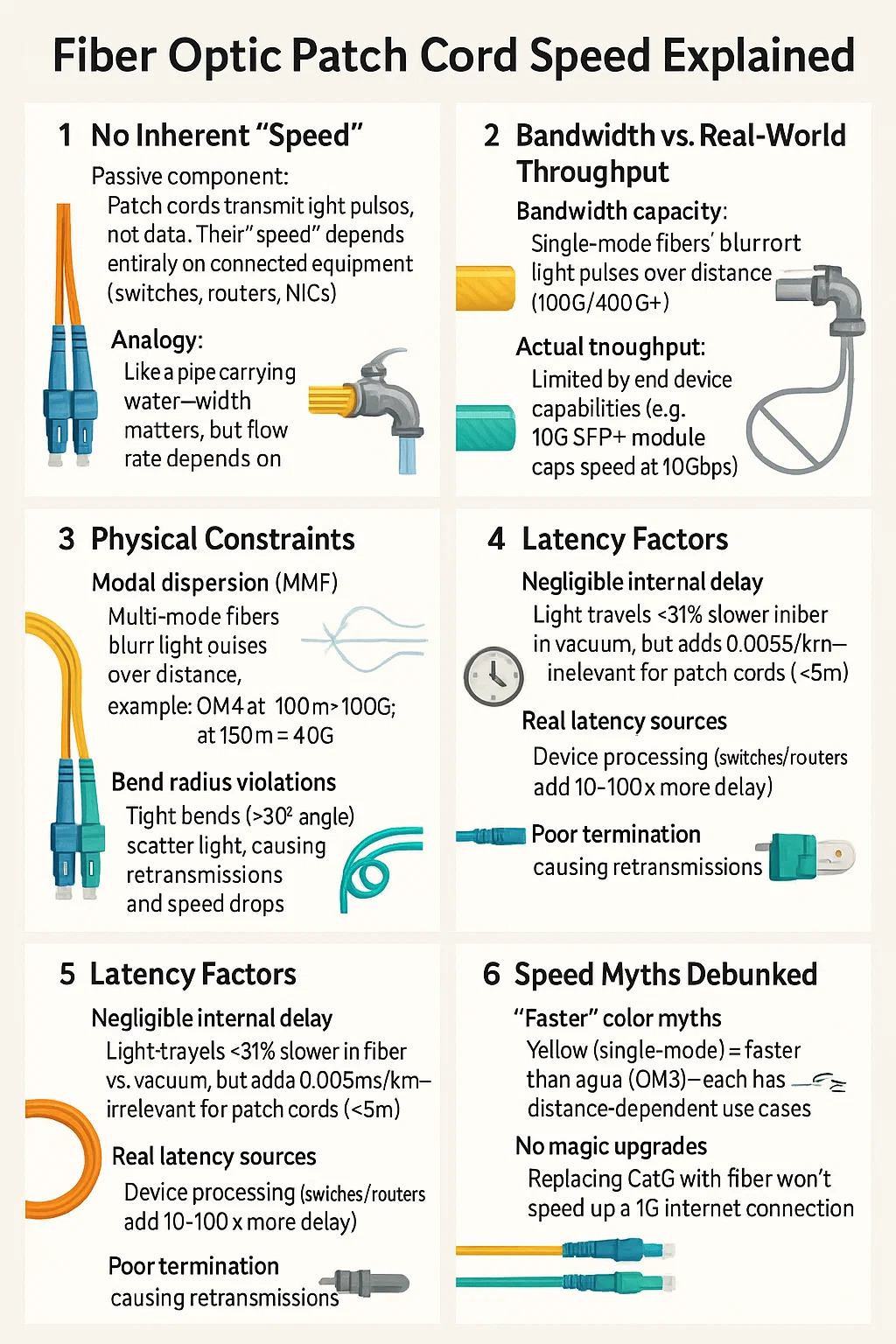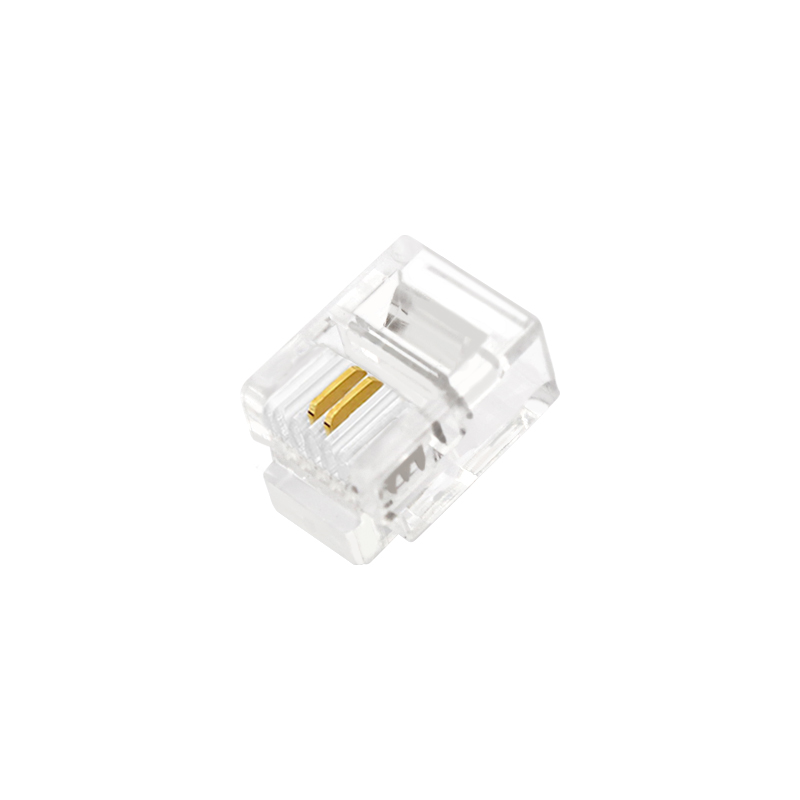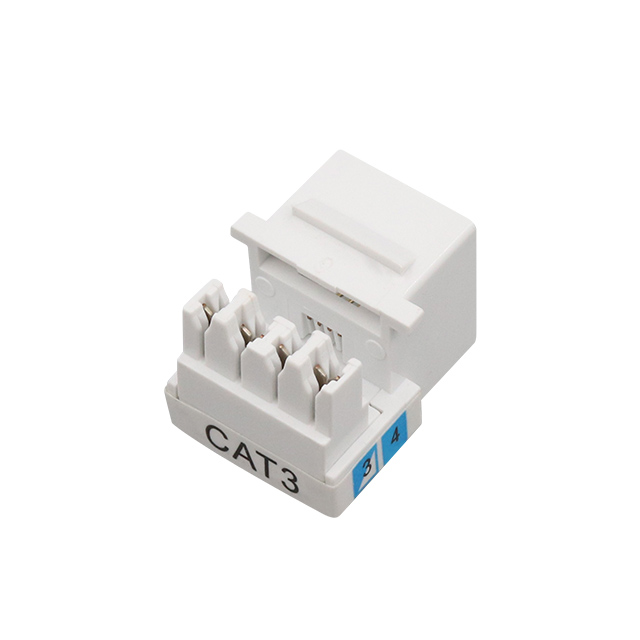How fast is a fiber optic patch cord?
2025-09-02
Fiber Optic Patch Cord Speed Explained
1. No Inherent "Speed"
Passive component: Patch cords transmit light pulses, not data. Their "speed" depends entirely on connected equipment (switches, routers, NICs).
Analogy: Like a pipe carrying water—width matters, but flow rate depends on the pump.
2. Bandwidth vs. Real-World Throughput
Bandwidth capacity:
Single-mode patch cords: Support terabit speeds (100G/400G+) over long distances.
Multi-mode (OM3/OM4): Handle 40G/100G up to 100m.
Actual throughput:
Limited by end-device capabilities (e.g., 10G SFP+ module caps speed at 10Gbps).
Protocol overhead (TCP/IP) reduces usable bandwidth by ~5-15%.
3. Physical Constraints
Modal dispersion (MMF):
Multi-mode fibers blur light pulses over distance, forcing lower speeds for long runs.
Example: OM4 at 100m = 100G; at 150m = 40G.
Bend radius violations:
Tight bends (>30° angle) scatter light, causing retransmissions and speed drops.
4. Connector & Termination Limits
Polish type:
UPC (blue connector): Standard for ≤10G.
APC (green connector): Low reflection, required for ≥25G to prevent signal bounce.
Contamination risk:
Dust/oil on ferrules attenuates signal, forcing link downgrades (e.g., 100G → 10G).
5. Latency Factors
Negligible internal delay: Light travels ~31% slower in fiber vs. vacuum, but adds 0.005ms/km—irrelevant for patch cords (<5m).
Real latency sources:
Device processing (switches/routers add 10-100x more delay).
Poor termination causing retransmissions.
6. Speed Myths Debunked
"Faster" color myths:
Yellow (single-mode) ≠ faster than aqua (OM3)—each has distance-dependent use cases.
No magic upgrades:
Replacing Cat6 with fiber won't speed up a 1G internet connection.
Speed Optimization Rules
| Scenario | Action | Reason |
| Upgrading to 100G+ | Use single-mode OS2 patch cords | Multi-mode can’t sustain high speeds beyond 150m |
| Avoiding bottlenecks | Match patch cord to transceiver wavelength | Mismatches (e.g., 850nm cord with 1310nm SFP) kill throughput |
| Minimizing errors | Clean connectors monthly | Dirty ferrules trigger CRC errors, slowing effective speed |
| High-vibration zones | Deploy bend-insensitive cords | Prevents micro-cracks that cause intermittent slowdowns |

cooperate with PUXIN?
Contact us to find out how our products can transform your business and
take it to the next level.
















